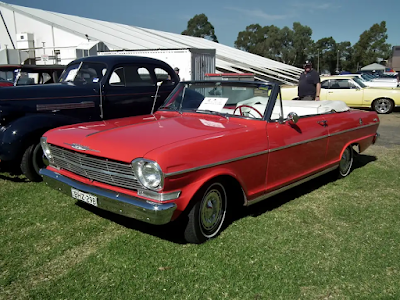Introduction:
This system uses a brake fluid (Preferably ethylene glycol) to transfer the pressure applied by the operator from the controlling unit to the actual brake mechanism, which is usually at or near the wheel of the vehicle. Most vehicles in India prefer to have drum brakes on rear wheels while disk brakes on the front wheels attached to the hydraulic controlling unit.
This system uses a brake fluid (Preferably ethylene glycol) to transfer the pressure applied by the operator from the controlling unit to the actual brake mechanism, which is usually at or near the wheel of the vehicle. Most vehicles in India prefer to have drum brakes on rear wheels while disk brakes on the front wheels attached to the hydraulic controlling unit.
In order to produce the combustible mixture, Compression stroke and a form of ignition the minimum starting speed must be achieved. This is where the electric starter comes in. It is not possible to view the starter as an isolated component within the vehicle electrical system. The battery in particular is of prime importance. Another particularly important consideration in relation to engine starting requirements is the starting limit temperature. As temperature decreases, starter torque also decreases and the torque required cranking the engine to its minimum speed increases.
TYPES OF STARTER MOTORS:
Inertia starters
In all standard motor vehicle applications it is necessary to connect the starter to the engine ring gear only during the starting phase
- The inertia type of starter motor is a four-pole, four-brush machine and is used on small to medium-sized petrol engine vehicles
- It is capable of producing 9.6 Nm with a current draw of 350 A.
- It has a face-type commutator and axially aligned brush gear.
- The fields are wave wound and are earthed to the starter yoke.
- The starter engages with the flywheel ring gear by means of a small pinion.
Working:
- When the starter is operated, via a remote relay, the armature will cause the sleeve to rotate inside the pinion.
- The pinion remains still due to its inertia and, because of the screwed sleeve rotating inside it; the pinion is moved to mesh with the ring gear.
- When the engine fires and runs under its own power, the pinion is driven faster than the armature shaft. This causes the pinion to be screwed back along the sleeve and out of engagement with the flywheel.
- In some applications the pinion tends to fall out of mesh when cranking due to the engine almost, but not quite, running.
Pre-engaged starters
- Pre-engaged starters are fitted to the majority of vehicles in use today.
- They provide a positive engagement with the ring gear, as full power is not applied until the pinion is fully in mesh.
- They prevent premature ejection as the pinion is held into mesh by the action of a solenoid.
- A one-way clutch is incorporated into the pinion to prevent the starter motor being driven by the engine.
Permanent magnet starters
- The principle of operation is similar in most respects to the conventional pre-engaged starter motor.
- The main difference is the replacement of field windings and pole shoes with high quality permanent magnets.
- The reduction in weight is in the region of 15% and the diameter of the yoke can be reduced by a similar factor.
- Permanent magnets provide constant excitation and it would be reasonable to expect the speed and torque characteristic to be constant.
- However, due to the fall in battery voltage under load and the low resistance of the armature windings, the characteristic is comparable to series wound motors.
Heavy vehicle starters
The types of starter that are available for heavy duty applications are many and are different as the applications they serve.
- In general, higher voltages are used, which may be up to 110 V, and two starters may even run in parallel for very high power and torque requirements.
- Large road vehicles are normally 24 V and employ a wide range of starters. In some cases the design is simply a large and heavy duty version of the pre-engaged type.







No comments:
Post a Comment